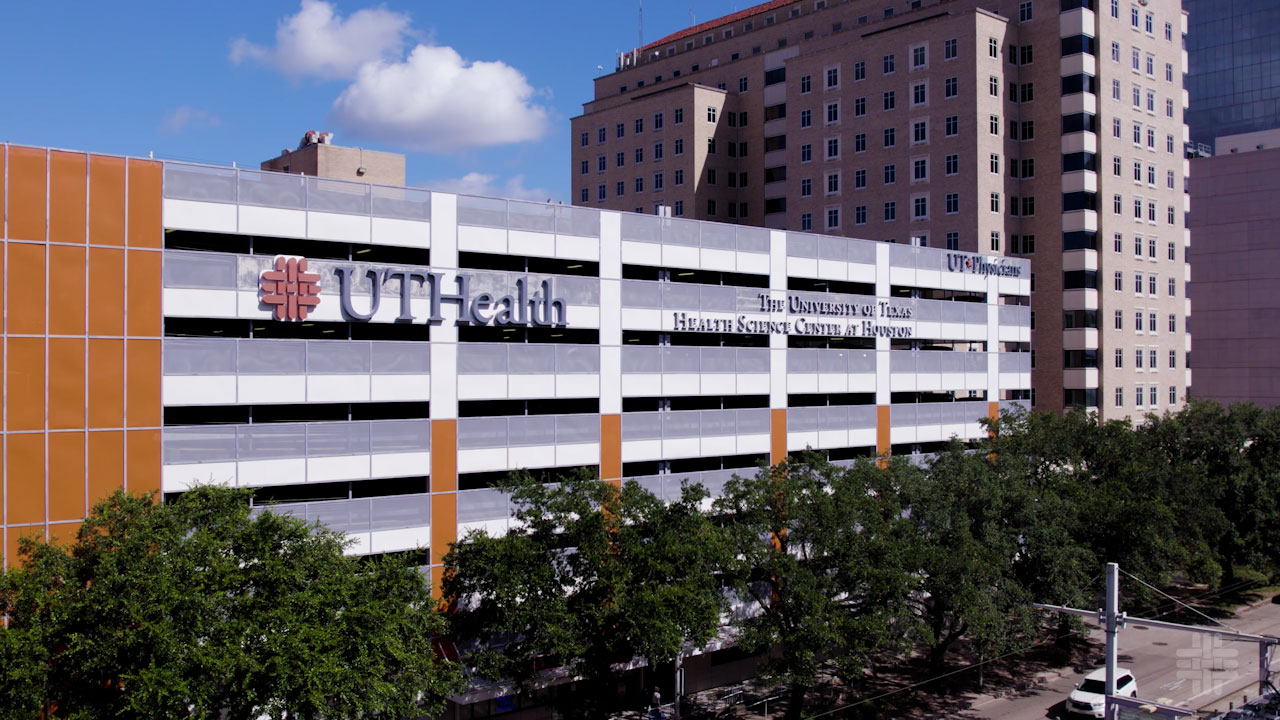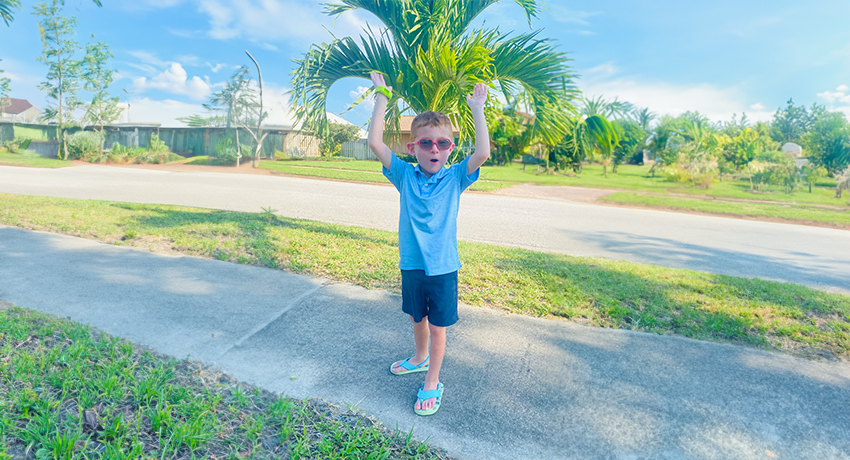Jude Jackson climbs up the pool slide, navigates the net of an obstacle course, and rides a bike with training wheels. These may seem like simple tasks, but they are miracle milestones for a 4-year-old boy with cerebral palsy who weighed less than 3 pounds at birth. Thanks to a life-changing procedure, Jude’s improved muscle tone enables him to keep up with twin brother, Jaden, and not wear an ankle-foot orthosis to walk.
Surprising diagnosis
“Jude was born 2 pounds, 9 ounces, and Jaden was born 3 pounds, 5 ounces,” said Jeanne Jackson, Jude’s mother. “We were just lucky they made it. We were so happy, I didn’t even think about a cerebral palsy diagnosis, but it should have been obvious.”
Before birth, the Jackson twins had twin-to-twin transfusion syndrome (TTTS). This disease of the placenta causes uneven blood flow between identical twins and can lead to significant issues, such as heart defects. Doctors performed surgery on Jeanne at 16 weeks pregnant to separate the babies. An emergency delivery happened at 31 weeks, because Jude was not doing well.
Life of therapy
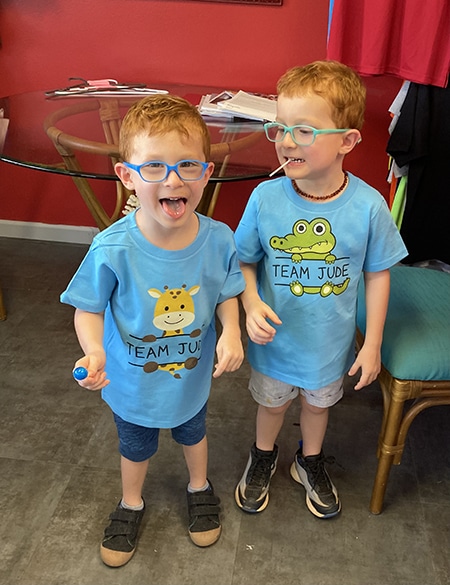
Even as Jude’s first two years progressed, Jeanne noticed his delays. Jude didn’t walk until age 2 and couldn’t keep up with his twin brother’s level of activity. His specialist attributed it to being born premature and a brain bleed.
“Jude’s life pretty much revolved around physical therapy and occupational therapy twice a week since he was two,” Jeanne said. “Cognitively he’s pretty aware, which caused a lot of frustration and tantrums when he would get frustrated with himself.” The turning point came when a diagnosis of cerebral palsy was given.
Looking for a solution
Jeanne read about selective dorsal rhizotomy (SDR) on social media and discovered Manish N. Shah, MD, a pediatric neurosurgeon with UT Physicians, as a noted surgeon for this procedure. SDR permanently reduces spasticity, or muscle tightness, in children with cerebral palsy. Even though they lived in Florida, the family wanted to pursue this procedure in Texas.
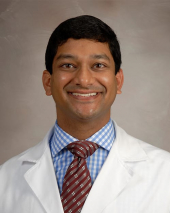
Jude was an excellent candidate for SDR, according to Shah, based on the nature of his condition. The MRI revealed Jude had PVL (periventricular leukomalacia) or scarring in the brain.
“This tells us that we know the cause of his spasticity, and the surgery that we perform will help him,” said Shah, associate professor of pediatric neurosurgery, William J. Devane Distinguished Professor at McGovern Medical School at UTHealth Houston, and director of the Texas Comprehensive Spasticity Center.
Shah said procedures like Jude’s are rare, where only one side is affected, and account for roughly 8% of the procedures he performs. He said they’ve found that children around age 4 can best participate in the recommended rehabilitation. Surgery is recommended before orthopedic interventions, so if spasticity is causing joint deformities, they work closely with other specialists to determine the best age.
Before meeting the Texas Comprehensive Spasticity Center team, Jeanne thought Jude would live with repeated Botox injections and a future of tendon lengthening surgery. “I wasn’t expecting Jude to be equal to Jaden, but I wanted Jude to have a chance to keep up,” Jeanne said. “We didn’t want his muscles to fail to grow and atrophy.” The procedure also presented an end in sight for physical therapy, which could eventually transition over to sports and staying active.
Healing hands
In February 2023, Shah performed a 1-level laminectomy for left unilateral SDR, L1-S1. This involves removing the back of one vertebra in Jude’s spine, where the spinal cord ends in the lower third of the back. The incision was about 1 inch long.
“Through that incision, we divide the motor nerve rootlets from the sensory nerve rootlets,” Shah said. “The sensory nerve rootlets are the nerves that carry the spastic reflex. For Jude, we tested the sensory nerve rootlets on the left and cut the most spastic, leaving sensory nerve rootlets at every level.”
After Jude’s surgery, he was required to lay flat for 24 hours. He couldn’t stand on his own in the beginning. On the second day, Jude was up early to practice standing and other basic functions. While he had lost the spasticity, he also had lost a lot of his core strength.
“The spasticity was gone, and it was good to see his left leg loose,” Jeanne said. “Then, Jude just had to learn to use it.”
Trusting the process
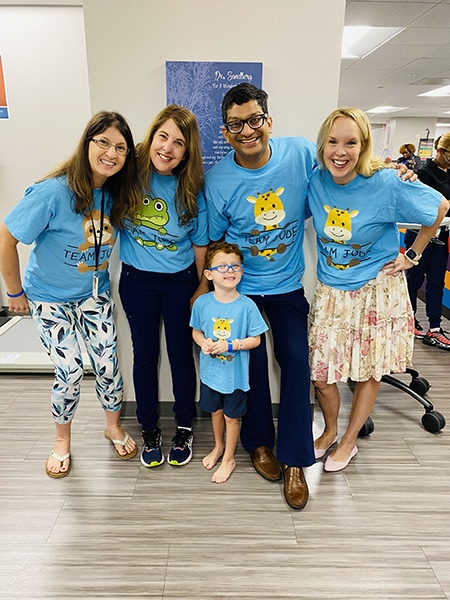
The most challenging aspect for Jeanne was how much Jude regressed. It still surprised her, even though she was told to expect it. His core was strong in the spasticity, but the muscles weren’t really being used because it was propping him up. When it was loose, he didn’t know how to walk.
Jeanne was shocked how fast he recovered from it – how quickly he was able to walk, climb stairs (even without holding the rails), and be self-motivated.
“Jude said, ‘Lefty is so good,’” Jeanne laughed. Jude and his therapist named his leg “lefty,” and he refers to it by that.
A week later, Jeanne said it was amazing how much Jude had progressed, and the family was able to go home after three weeks in Texas.
Shah said the best part of doing this procedure is the immediate change.
“Removing spasticity decreases the deformative forces on the joints and allows that child’s muscles to strengthen without spasticity,” Shah said. “This is a life-changing procedure, and we find the children continue to make gains year after year.”
Power of therapy
The center’s inpatient rehab program is customized. The team evaluates the rehab goals weekly, and discharge dates are made based on need, rather than a one-size-fits-all approach.
In his initial prognosis, Shah believed Jude would return to a very active life – faster than some of their patients who might be impacted by the tone in both legs.
“I was surprised by Jude, as he was one of the fastest discharges from inpatient rehab,” Shah said. “He reached a high level very quickly, which allowed him to return home to outpatient therapies.”
Inpatient therapy, after surgery, was a huge reason Jeanne said they selected Shah. It would be harder for them since they lived in Florida, but it was what needed to be done.
“Dr. Shah is very humble and an equal team member with everyone,” Jeanne said. “His whole demeanor was patient-bedside oriented.”
Feeling grateful
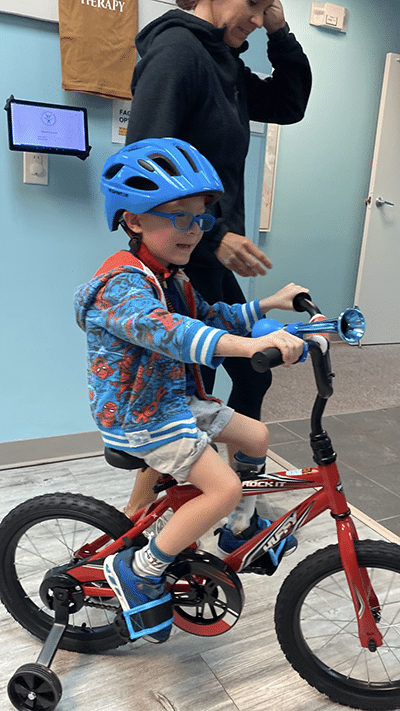
It took a village, Jeanne said, to make the surgery and recovery process work for them since they lived out of state.
“Houston has such an amazing medical community. I didn’t get it until I went there,” Jeanne said. “I wish there had been a story like this done before because it’s what I was looking for. It was definitely worth going to Texas. Jude talks about going back to Texas all the time. He associates Texas with goodness.”
Currently, Jude is doing speech therapy once a week, occupational therapy two to three times a week, and physical therapy three to four times a week, but it should end by kindergarten.
Jude will start attending hip-hop dance class when he turns 5 because he loves music and dancing. He is not afraid these days and doing as much as he can.
“I want him to do less PT and start doing what kids do after school,” Jeanne said. “We just want him to be able to do what other kids have the opportunity to do.”
